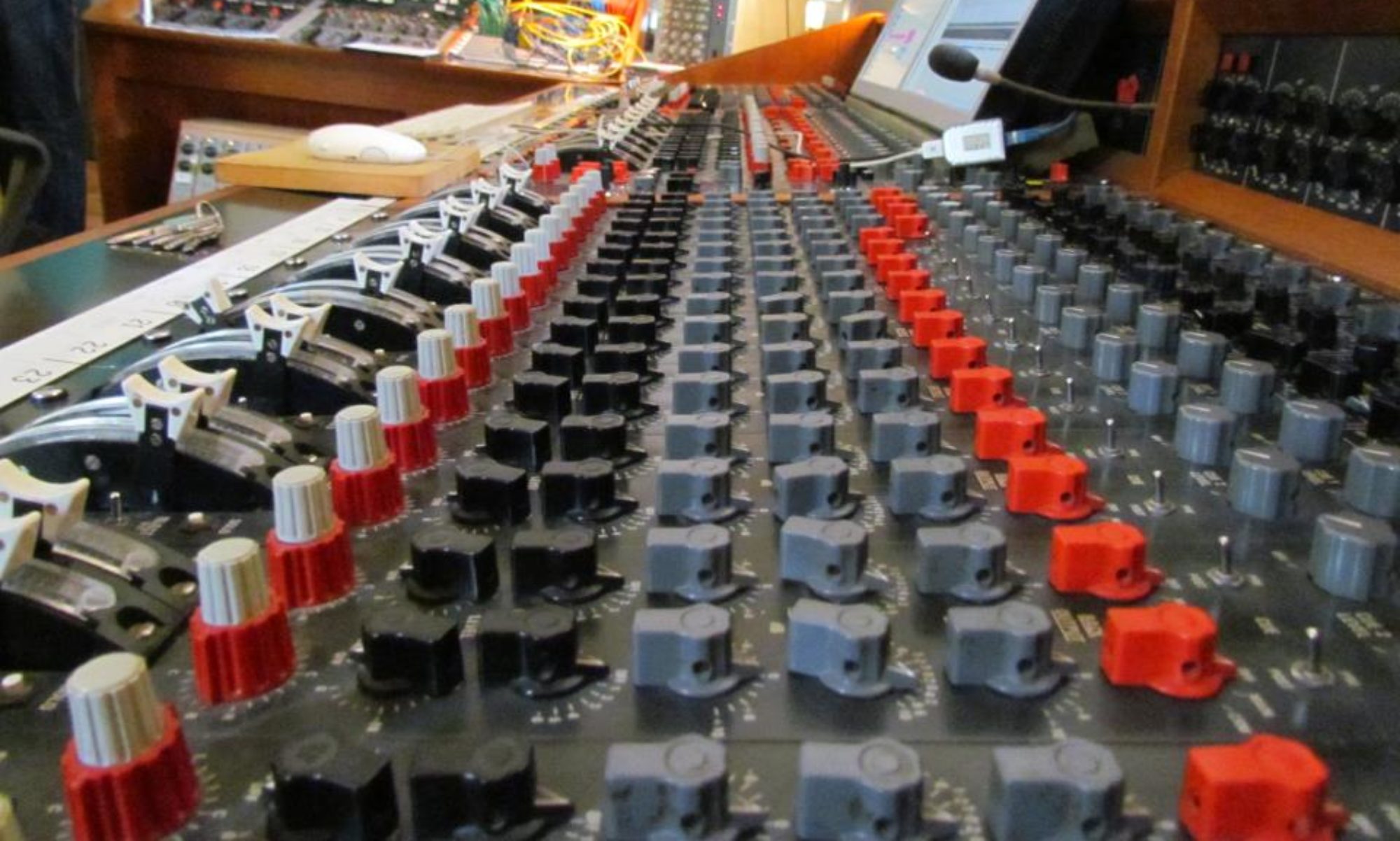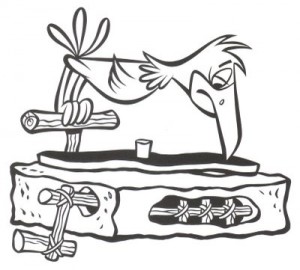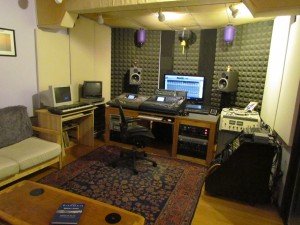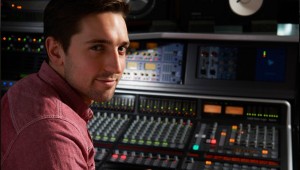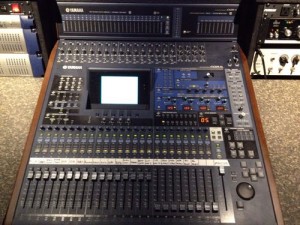Excellent review of the PonyHomie album in City Arts
‘Remable’ by PonyHomie
December 31, 2012 | by Jonathan Zwickel
The first record you need to hear this year is by a band you’ve never heard of. Remable, by Seattle trio PonyHomie, is a lovably schizoid electro-pop excursion that’s equal parts bubbly and brooding.
PonyHomie has existed off and on since 2009 but didn’t get serious until 2011. That year the band sent a demo to uber-engineer Scott Colburn-a.k.a. the man who recorded Animal Collective’s best stuff and the Arcade Fire in a Québécois church. Colburn added a deft touch, working with the band mostly on drums and vocal overdubs. With his guiding ear, PonyHomie birthed a full, fulfilling debut.
The foundation of PonyHomie’s sound is a Nord G2X modular synthesizer, an out-of-production piece of technology that serves as both muse and musical Swiss army knife to bandleader Brandon Feist. The Nord is thoroughly electronic and astoundingly versatile, able to emulate a string or horn section or refract a single human voice into multiple octaves so it sounds like a full choir. This machine can play music on its own with the press of a button, but Feist has figured out how to exploit its more human potential. Its sonics fill Remable like liquid plastic, all soft, melting contours jelled into a high gloss.
With the Nord as its primary engine, PonyHomie has little use for guitars, so there isn’t much guitar on the album. Ramon Salumbides plays electric bass or bows an upright, yielding a warm, woody sound as comforting as the Nord’s silvery buzz is alien. Mike West’s drums percolate in unpredictable ways, circling the melody rather than pushing it forward.
Despite the trifling band name and album art, PonyHomie traffics in a sort of radiant gloom. And Remable gives good reason to dance the spastic pogo and/or aloof sway endemic to Goth Night at the disco (see especially “Super Hang Loose” and “Nothing Good”). Feist works a poignant vocal tone, though he’s occasionally mixed too aggressively; on “Garbage Trucks” and “Hot Weapon” he slides from yearning to yelping. But when vocals, rhythm, synth and songwriting come together, the result is undeniably compelling.
The best example of essential PonyHomie-and the album’s emotional high point-is “I Was Asleep.” After a percussive, off-kilter-electro intro, Feist’s voice enters heartwrenched and measured, singing about death or departure: “And down the road you will be known by your first and last names/And you’ll be told that you are gold, through and through, down to the bone.” A Nord-made horn riff braids around digital filigree, West’s drums punch and veer, Salumbides’ bowed bass sounds regal and funereal. Towards the end, a discernable organ line wafts through as the final minute (of almost six) lifts into ecstasy.
There are similar pinnacles throughout Remable, small moments exploded into panoramic proportions. PonyHomie is unafraid to play out a song to maximize groove and drama.
If the band has proximal brethren in 2013, it’s ambitious psych-poppers Stephanie; if they have ancestry, it’s Aqueduct, Dave Terry’s nigh-genius synth-pop project from the mid-’00s. But for the most part, Seattle bands don’t sound like PonyHomie. Now’s a good time to welcome something new.
PonyHomie celebrates the release of Remable at Chop Suey on Jan. 4, 2013.
